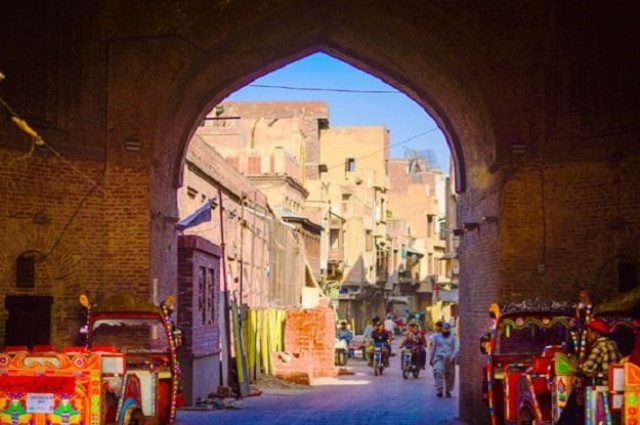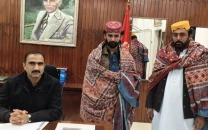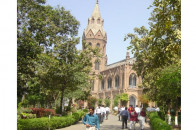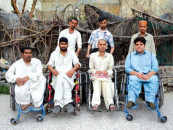Lahore’s architecture: ‘Study of not-so-famous buildings an alternative history source’
Speaker claims first documented instances of vandalism in the city were during a raid by Mahmud Ghaznvi’s father

Speaker claims first documented instances of vandalism in the city were during a raid by Mahmud Ghaznvi’s father. PHOTO: FILE
The first recorded instance of vandalism in the city was during a raid by Abu Mansur Sabuktigin, Mahmud Ghaznvi’s father, during the rule of the King Jaipul, publisher and freelance photographer Liaqat Ali claimed on Saturday.
He was speaking at A People’s History in Architecture talk organised by the THAAP as part of its series of lectures on alternative histories of the city.
Ali said the second documented instance of loot and plunder witnessed in the city was during Mahmud Ghaznvi’s attack in 1002 Common Era (CE). He said major parts of the city were burnt by the raiding army. “The next invader to vandalise the city was Changez Khan [sic],” he further claimed.
“It’s quite difficult to study the architecture of the city before the Mughal period because of extensive plundering and vandalism during these raids,” he said. He said Sheikha Khokhar and Zaheeruddin Babar, the first emperor of Mughal dynasty in India, had also destroyed and burnt buildings in the city during their raids.
Ali said based on his research he had come to the conclusion that the city had always had a significant population of affluent people.
He showed photographs of less-known buildings and neighbourhoods built in and around the Walled City during the Mughal period. He said he had focused on havelis and smaller buildings built in the city rather than the fort and other renowned structures to narrate an alternative history of the city’s architecture. Ali said Shah Jehan had been known as the Mughal ruler who commissioned large buildings and gardens. However, he said other Mughal kings had also contributed to the development of architecture by overseeing construction of residential neighbourhoods. He said two of the affluent housing colonies built in the city were Lakhi Mohalla, built where the present day Cathedral school is located on The Mall, and Mohalla Dara Shikoh, located in the area now known as Landa Bazaar.
Ali also showed photographs of the Sikh-period buildings. He said a large number of buildings in the city were burnt down during the Sikh invasions before Ranjit Singh came to power in the Punjab.
He said not all stories on treatment meted out to the Muslim residents of the city by Ranjit Singh were accurate. “A large number of Muslim residents had abandoned their houses and left the city to seek protection after the conquest,” he said. However, he said there were also occasions when Ranjit Singh prohibited his officers from damaging Muslim sites like the shrine of Hazrat Ali Hajveri (also known as Data Darbar).
He said Ranjit Singh had been fond of green spaces and had sought construction of gardens along the route between the Lahore Fort and the Shalamar Gardens. “Builders were required to leave space for a lawn in front of all public buildings commissioned during Ranjit Singh’s rule,” he said.
About the colonial architecture, Ali said it featured a mix of traditional features like frescos and modern techniques borrowed from buildings in British and French cities.
He said the colonial period saw development of suburbs around the Walled City. He said the first suburban colony was developed near what later came to be known as Railway Road.
He said leaks from a newly installed sewerage system for the city by the colonial administrators had caused damage to a number of old buildings.
The session was presided over by Ahmed Pervaiz Mirza, president of the Lahore Chapter of the Institute of Architects.
Published in The Express Tribune, July 26th, 2015.



















COMMENTS
Comments are moderated and generally will be posted if they are on-topic and not abusive.
For more information, please see our Comments FAQ